
Recently, many unexpected breakthroughs have been made in the field of text-generated images, and many models can achieve the function of creating high-quality and diverse images based on text instructions. While the images generated are already very realistic, current models are often good at generating images of physical objects such as landscapes and objects, but struggle to generate images with a high degree of coherent detail, such as images with complex glyph text such as Chinese characters.
In order to solve this problem, researchers from OPPO and other institutions have proposed a general learning framework GlyphDraw, which is designed to enable the model to generate images embedded with coherent text. This is the field of image synthesis. The first work to solve the problem of Chinese character generation.

Let’s start with Let’s take a look at the generation effect, for example, generating warning slogans for the exhibition hall:
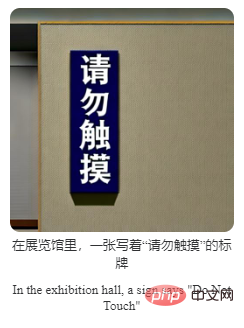
Generating billboards:
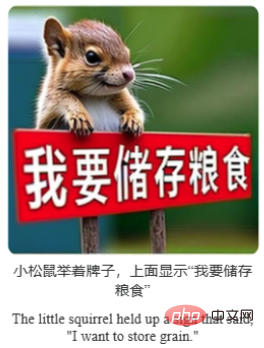
Add a brief text description to the picture. The text style can also be diverse:
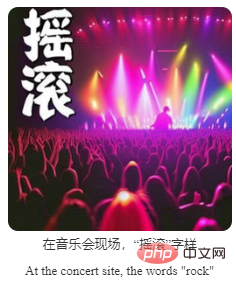
Also, the most interesting and practical example is to generate emoticons:
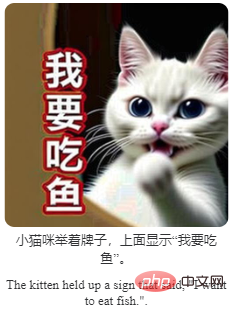
Although the result has some flaws , but the overall generation effect is already very good. Overall, the main contributions of this research include:
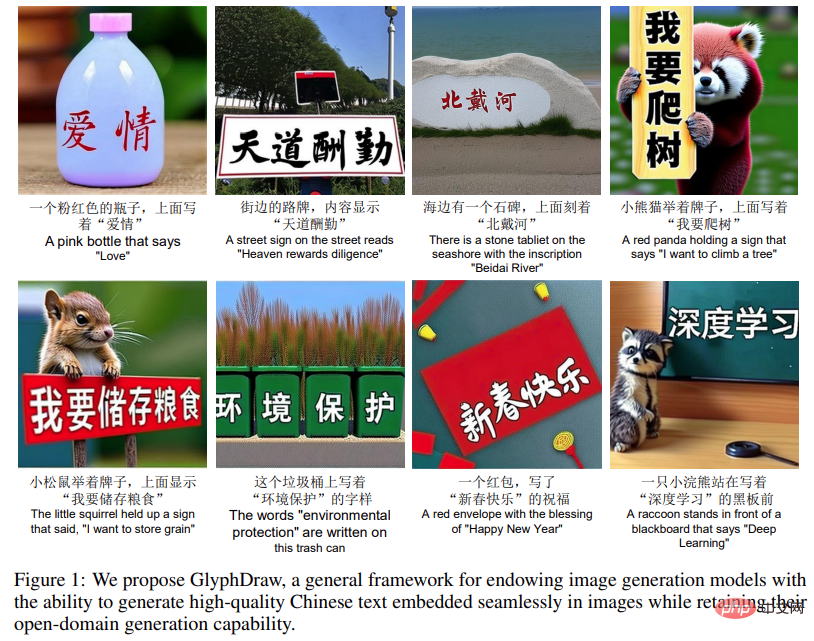
The study first designed a complex image-text data set Build a strategy, and then propose a general learning framework GlyphDraw based on the open source image synthesis algorithm Stable Diffusion, as shown in Figure 2 below.
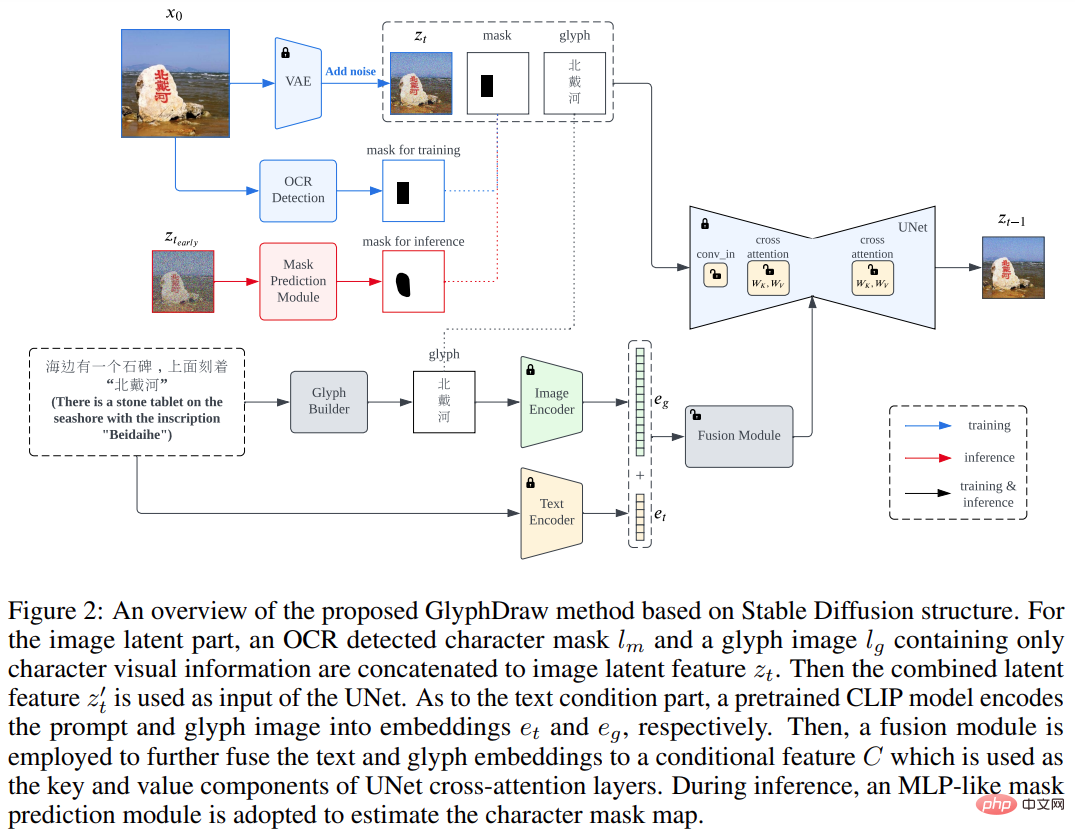
The overall training goal of Stable Diffusion can be expressed as the following formula:

GlyphDraw is based on the cross-attention mechanism in Stable Diffusion, where the original input latent vector z_t is replaced by a concatenation of the image latent vector z_t, the text mask l_m, and the glyph image l_g.

Furthermore, Condition C is equipped with hybrid glyph and text features by using domain-specific fusion modules. The introduction of text mask and glyph information allows the entire training process to achieve fine-grained diffusion control, which is a key component to improving model performance, and ultimately generates images with Chinese character text.
Specifically, the pixel representation of text information, especially complex text forms such as pictographic Chinese characters, is significantly different from natural objects. For example, the Chinese word "sky" is composed of multiple strokes in a two-dimensional structure, and its corresponding natural image is "blue sky dotted with white clouds." In contrast, Chinese characters have very fine-grained characteristics, and even small movements or deformations can lead to incorrect text rendering, making image generation impossible.
Embedding characters in natural image backgrounds also requires consideration of a key issue, which is to accurately control the generation of text pixels while avoiding affecting adjacent natural image pixels. In order to render perfect Chinese characters on natural images, the authors carefully designed two key components integrated into the diffusion synthesis model, namely position control and glyph control.
Different from the global conditional input of other models, character generation requires more attention to specific local areas of the image because the latent feature distribution of character pixels is different from that of natural image pixels. Huge difference. In order to prevent model learning from collapsing, this study innovatively proposes fine-grained location area control to decouple the distribution between different areas.
In addition to position control, another important issue is the fine control of Chinese character stroke synthesis. Considering the complexity and diversity of Chinese characters, it is extremely difficult to simply learn from large image-text datasets without any explicit prior knowledge. In order to accurately generate Chinese characters, this study incorporates explicit glyph images as additional conditional information into the model diffusion process.
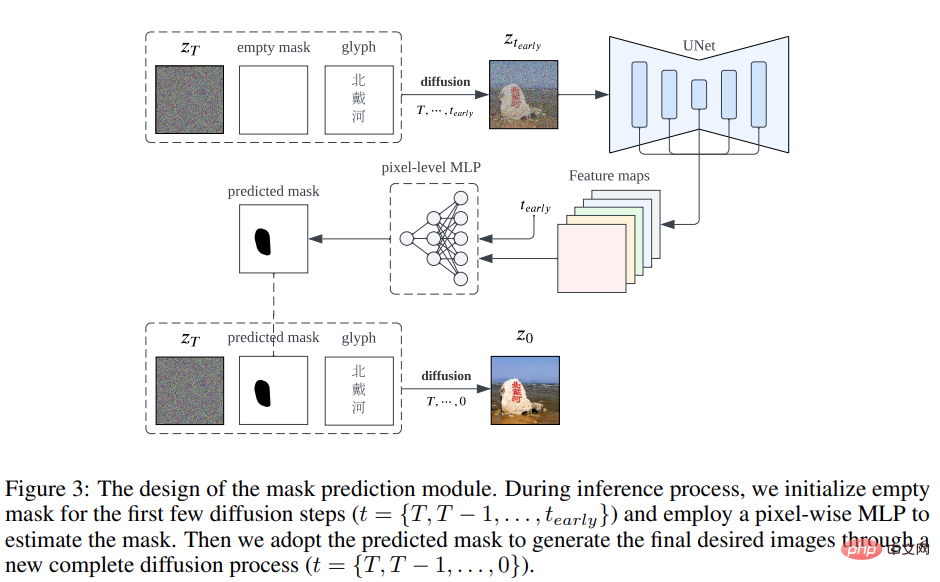
Since there is no data set specifically used for Chinese character image generation, this study first constructed a The benchmark data set ChineseDrawText was used for qualitative and quantitative evaluation, and then the generation accuracy of several methods (evaluated by the OCR recognition model) was tested and compared on ChineseDrawText.
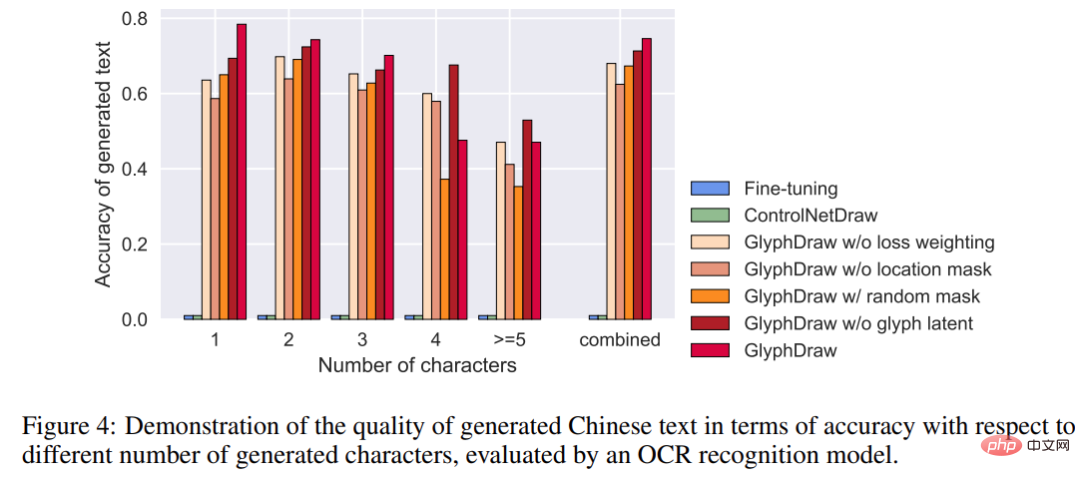
#The GlyphDraw model proposed in this study demonstrates that it achieves an average accuracy of 75% by effectively using auxiliary glyph and position information. Excellent character image generation capabilities. The visual comparison results of several methods are shown in the figure below:
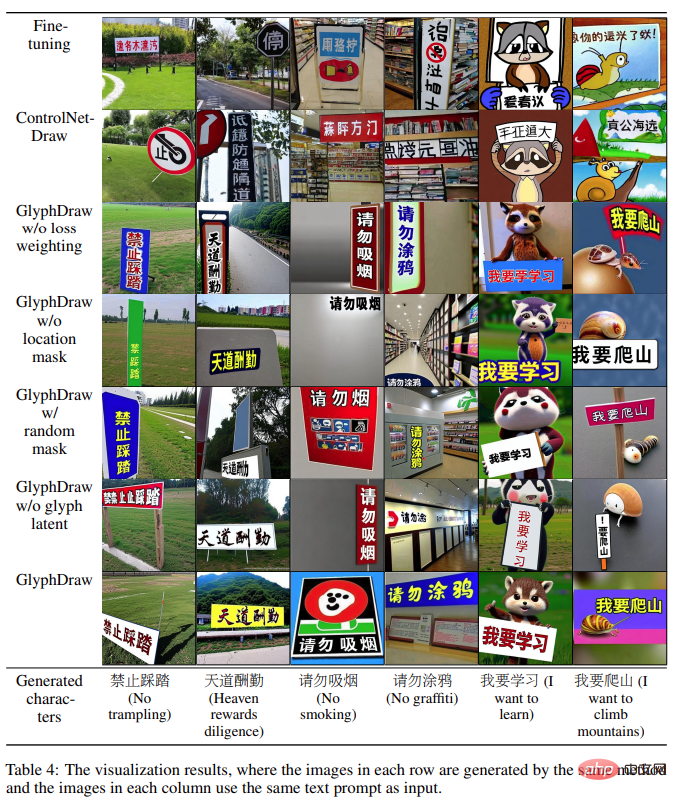
In addition, GlyphDraw can also maintain open domain image synthesis performance by limiting training parameters, The FID of general image synthesis only dropped by 2.3 on MS-COCO FID-10k.


Interested readers can read the original text of the paper to learn more about the research details .
The above is the detailed content of The diffusion model generates images with Chinese characters and outputs emoticons with one click: OPPO and others proposed GlyphDraw. For more information, please follow other related articles on the PHP Chinese website!
 The eight most commonly used functions in excel
The eight most commonly used functions in excel
 How to round in Matlab
How to round in Matlab
 What are the web servers?
What are the web servers?
 The difference between static web pages and dynamic web pages
The difference between static web pages and dynamic web pages
 What is the role of sip server
What is the role of sip server
 How to solve the problem that document.cookie cannot be obtained
How to solve the problem that document.cookie cannot be obtained
 How to open iso file
How to open iso file
 How to comment code in html
How to comment code in html




